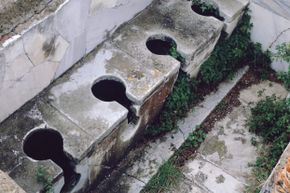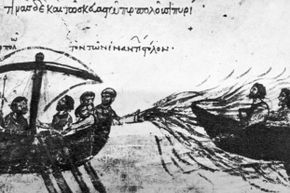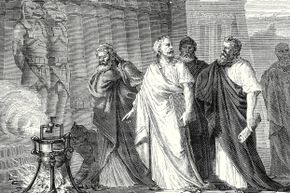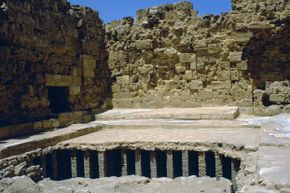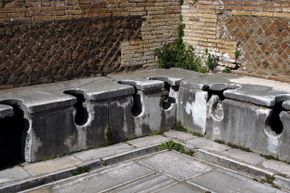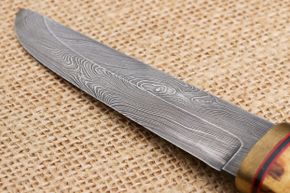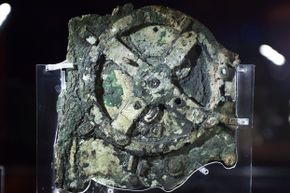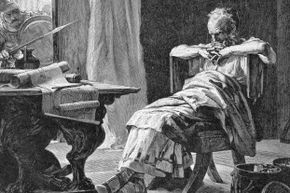Although certain documentaries are fond of trotting out ancient aliens or other fringe theories to explain our ancestors' advancements, in truth, we need reasons no more far-flung than the fact that ingenuity is humanity's oldest quality. Left to our own devices and allowed to exist without constant fear of death by hunger or violence, we devise some startling stuff — even if some of our better efforts don't outlast our calamities.
Then again, sometimes they do. The Western world's progress was knocked back centuries by the Dark Ages, but the Greek and Roman knowledge it lost — some examples of which you'll find in these pages — later found its way back to the Europe via the Islamic world, where in the meantime it had helped spawn a golden age. Conversely, some answers are lost because the relevant question hasn't yet been asked, or because a better answer shoves it into the dustbin of history.
Advertisement
Bakelite gave way to better plastics, vacuum tubes are hardly found anymore outside of guitar amplifiers and neon is today fading before LEDs. It's enough to make one wonder how our civilization will be viewed by future archaeologists, when so much of our data and technology relies on fragile materials and volatile storage.
But, hey, if there's anything this list proves, it's that you can't keep a good idea down. That, too, is our species' story.
